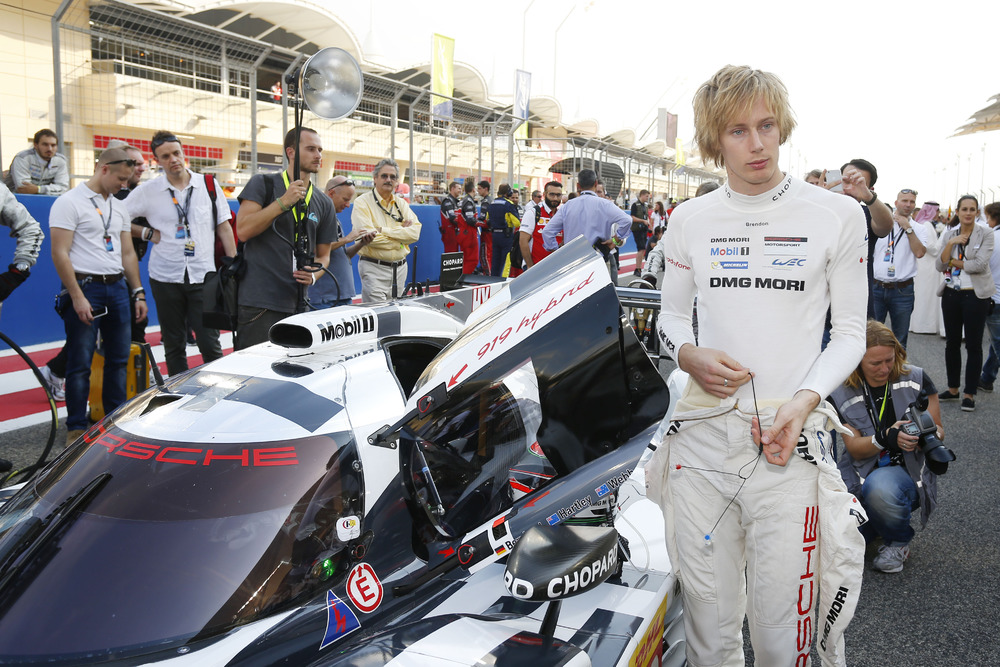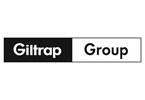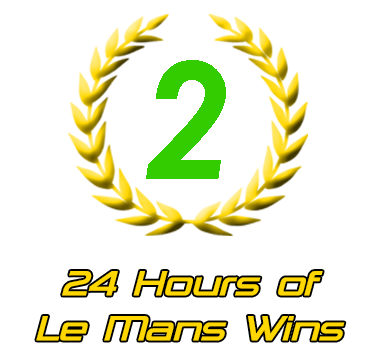“Ignition on, hybrid on” – on November 30 at 13:00 local time it will be the final call for the 2014 Porsche 919 Hybrid. That day the first Le Mans prototype since Porsche’s return to the top class of the FIA World Endurance Championship will start the eighth and final round in São Paulo, Brazil. Once again the challenge is a six-hour race, and to find the best possible compromise of performance, efficiency and reliability for the most technically advanced hybrid car on the grid will be crucial. Along with the power from the two-litre, turbo four cylinder engine, the Porsche recuperates brake energy from the front axle and generates electrical power from the exhaust energy. The latter of the systems makes it the only LMP1 car that regains energy not only when braking, but also when accelerating. The driver trios of Romain Dumas (France), Neel Jani (Switzerland) and Marc Lieb (Germany) as well as Timo Bernhard (Germany), Brendon Hartley (New Zealand) and Mark Webber (Australia) will have to go flat out for another six hours, every lap at sprint race pace.
Quotes before the race:
Fritz Enzinger, Vice President LMP1: “For Porsche a successful LMP1 debut season comes to an end in São Paulo. We can be proud of having achieved three pole positions and five podium finishes with such a complex race car in such strong competition. Even more important for the future: The way we improved race by race shows that we’ve got the structures right. This goes for the technical concept, as well as for the driver line-up and the operational side with a team growing so well together. We have learnt from every situation and tried our utmost to reduce the competition’s advantage in terms of experience. In case a small opportunity would open up to climb on the next and final step of the podium in Brazil, we want to be ready to take it.”
Drivers car number 20:
Brendon Hartley (25, New Zealand): “I have never been to Brazil, but I have driven the circuit many times on the simulator and watched it on TV. I think it is a track everyone knows from Formula One on TV. I’m quite excited about going there and racing at such a famous venue, and I have the feeling the track should be quite good for our car, our hybrid systems and technology. So far we have been improving at every race and, therefore, this last event must offer the best chances for a good result. I’m optimistic.”
Timo Bernhard (33, Germany): “It will be my first time in São Paulo and I’m looking forward to getting there, and also because the Brazilians are such big motorsport fans. I have heard lots of positive things about this historic circuit. We have proven several times this year that we know how to cope with tracks that are new to us. Interlagos belongs to the some 30 per cent of circuits where you drive anti-clockwise. The fast left-handers will have an impact on the body, especially on the neck, and we will do extra training beforehand.”
Mark Webber (38, Australia): “I always enjoyed driving there in Formula One. With the Grand Prix wins in 2009 and 2011, I have some very special memories of the place. The atmosphere is electric with the fans being very close to the track, different to modern circuits where the grandstands are farther away. At 4.3 kilometres it means it is a small circuit and the WEC is a huge grid. It is a little bit of a shame they resurfaced the track, because the bumps were a special challenge that is taken away now. I think the 919 will like the track and, hopefully, we can push for our best result of the year there.“
Facts and figures:
– The final six-hour race of the 2014 FIA WEC will start on November 30 at 13:00 hrs local time and will finish in daylight.
– TV channel Eurosport will broadcast it from 20:30 to 22:00 CET.
– One lap is 4.309 kilometres long and has five right-handers and ten left-handers. It is a mixture of two high-speed sectors with a fast corner combination at the end of the start-finish straight, and a narrow winding infield section. The set-up needs to favour sheer speed, as well as stability and aerodynamic efficiency. Changing weather conditions have often placed additional challenges on drivers and teams.
– “Interlagos”, the traditional name for the circuit, translates into “between lakes”. The long track, that was once eight kilometres, opened in 1942 and was originally in a picturesque venue outside São Paulo. Since a long time ago the metropolis has sprawled right up to the track’s boundary.
– São Paulo is the biggest and most congested city in the Southern hemisphere. Precise figures for its inhabitants don’t exist. Twelve million people are widely assumed to live in the city, with a total of 21.6 million people in the metropolitan region.
– The official name of the circuit is “Autódromo José Carlos Pace”, named after the Brazilian racing driver who won the Formula One Grand Prix there in 1975 and died in 1977 in an airplane crash.
– In the first seven rounds of the championship the Porsche Team secured one second place finish (Bahrain/car number 14) and four third place finishes (Silverstone/car 20, Fuji/car 20, Shanghai/car 14, Bahrain/car 20).
– Three times the number 14 Porsche 919 Hybrid has clinched pole position (Spa, Shanghai and Bahrain).
– In Shanghai, as well as in Bahrain, in qualifying Neel Jani set the fastest lap time ever by a Le Mans Prototype on that circuit.








